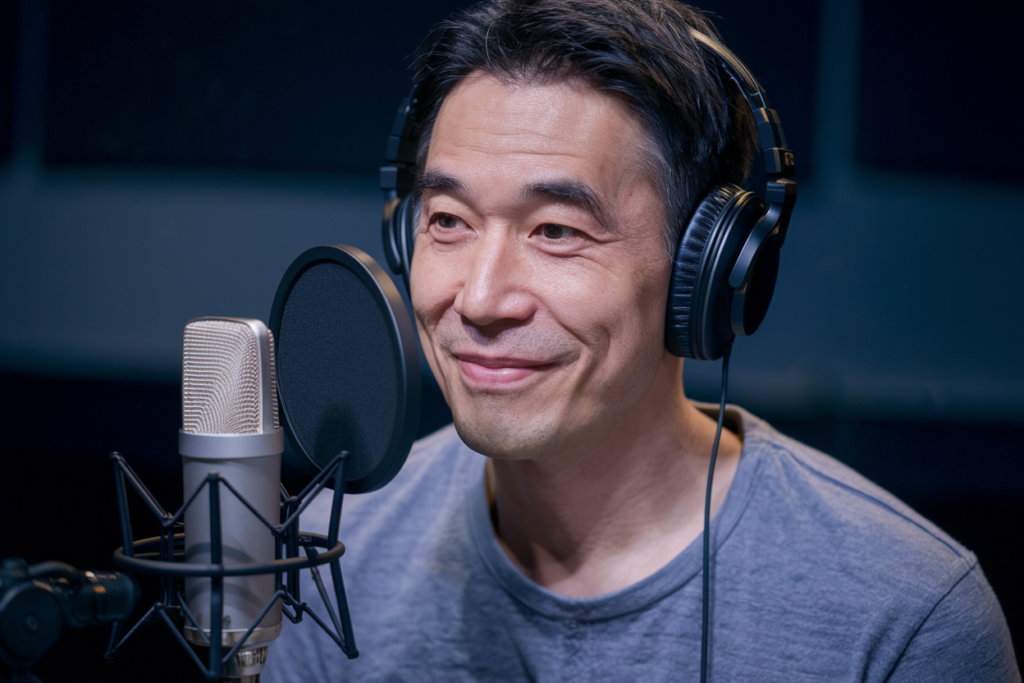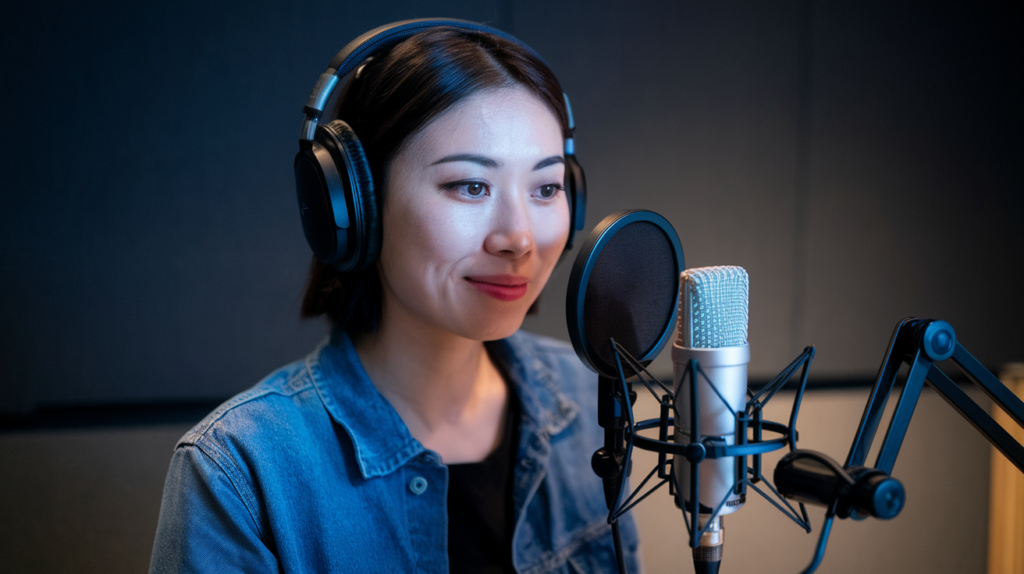Key Takeaways
- Standard Japanese as the Foundation: Serves as the official language, promoting effective communication across diverse regions in Japan.
- Historical Context: Emerged during the Meiji era, influenced by modernization efforts and aiming for national unity through a common language.
- Distinct Characteristics of Dialects: Each regional dialect (hōgen) features unique phonetic, vocabulary, and grammatical structures that reflect local culture and heritage.
- Cultural Significance: Dialects carry historical context and foster community connections, enhancing appreciation for Japan’s rich linguistic diversity.
- Learning Challenges: Understanding standard Japanese does not guarantee comprehension of all dialects; each requires distinct learning due to variations in expressions and grammar.
Ever wondered why some Japanese sounds so different from what you learned in class? The contrast between Standard Japanese and its various dialects can be surprising, even for seasoned learners. While Standard Japanese serves as the foundation for communication, regional dialects add rich layers of culture and identity that are often overlooked.
Understanding these differences not only enhances your language skills but also deepens your appreciation of Japan’s diverse heritage. Whether you’re planning a trip or simply curious about the nuances of the language, diving into this topic will reveal fascinating insights. Let’s explore how these dialects shape conversations and connect people across regions.
Understanding Standard Japanese
Standard Japanese serves as the official language of Japan, promoting effective communication across diverse regions. Its widespread use unifies different dialect speakers while retaining essential cultural nuances.
Historical Background
Standard Japanese emerged during the Meiji era (1868-1912) when modernization efforts emphasized a common language for education and governance. The Tokyo dialect became the foundation, influenced by literature and media, leading to widespread acceptance throughout Japan. This historical evolution reflects both social change and the desire for national unity.
Characteristics of Standard Japanese
Standard Japanese features specific phonetics, vocabulary, and grammar distinct from regional dialects. Pronunciation typically aligns with Tokyo speech patterns, making it more accessible for learners. Vocabulary incorporates formal terms suitable for various contexts, enhancing clarity in communication. Grammar follows standardized rules that promote consistency in speech and writing.
Understanding these characteristics fosters better comprehension of how Standard Japanese operates alongside its rich array of dialects. It also underscores the importance of mastering this form to engage effectively within Japan’s linguistic landscape.
Overview of Japanese Dialects
Japanese dialects, known as „hōgen,“ showcase the linguistic diversity across Japan’s regions. Each dialect carries unique characteristics and reflects local culture, contributing to the richness of Japan’s heritage.
Major Dialects in Japan
Japan features several major dialects, each with distinct phonetic and vocabulary differences:
- Kanto Dialect: Spoken in the Tokyo area, this is the basis for Standard Japanese.
- Kansai Dialect: Found in cities like Osaka and Kyoto, it’s known for its unique intonation and expressions.
- Hokkaido Dialect: This dialect includes influences from indigenous Ainu language elements.
- Hiroshima Dialect: Recognized by its distinctive pronunciation patterns and local phrases.
- Okinawan Dialect: Represents a separate linguistic tradition with significant differences from mainland Japanese.
These regional variations foster connections among locals while presenting challenges for learners of the language.
Unique Features of Dialects
Dialects possess several unique features that set them apart from Standard Japanese:
- Phonetics: Variations in vowel sounds and pitch accent exist across different regions. For instance, Kansai speakers often use a rising intonation at the end of sentences.
- Vocabulary: Certain words may have entirely different meanings or usages depending on the region. For example, “bento” (lunch box) might be referred to differently in some areas.
- Grammar: Some dialects exhibit distinct grammatical structures not found in Standard Japanese. This can affect sentence construction and verb conjugation.
Understanding these traits enhances your grasp of cultural context while facilitating effective communication throughout Japan’s diverse landscape.
Comparison of Standard Japanese and Dialects
Standard Japanese and its regional dialects, or „hōgen,“ present a fascinating study in linguistic diversity. While Standard Japanese serves as the official language for communication across Japan, dialects enrich the cultural tapestry by adding unique expressions and pronunciations.
Linguistic Differences
Linguistic variations between Standard Japanese and dialects encompass phonetics, vocabulary, and grammar. For instance, the Kansai Dialect features distinct intonation patterns that differ from the flat tone of Standard Japanese. Vocabulary also varies widely; certain words may exist only in regional dialects. For example, “benkyō suru” (to study) is often replaced with “gaku” in some areas. Grammar rules can shift too; some dialects utilize different verb conjugations or sentence structures. Understanding these differences can enhance your grasp of nuanced conversations.
Cultural Significance
Cultural significance lies at the heart of Japan’s dialectal variety. Each region’s dialect carries historical context and reflects local traditions and lifestyles. Using a specific dialect can foster deeper connections within communities, showcasing pride in one’s roots. Additionally, exposure to various dialects enhances your appreciation for Japan’s rich heritage—it’s not just about speaking; it’s about engaging with culture on a deeper level.
Exploring both Standard Japanese and its numerous dialects opens doors to effective communication while appreciating diversity in expression throughout Japan’s linguistic landscape.
Challenges in Learning Standard Japanese and Dialects
Learning Standard Japanese and its regional dialects presents unique challenges. Each dialect carries distinct phonetic, vocabulary, and grammatical features that can confuse learners.
Common Misunderstandings
Many learners misinterpret the intricacies of dialects as mere accents. While accents play a role, dialects encompass broader differences in vocabulary and grammar. For instance, you might find that a common phrase in Standard Japanese doesn’t have an equivalent in certain dialects or has a completely different meaning. This can lead to misunderstandings during daily conversations. Additionally, some learners assume that mastering Standard Japanese guarantees understanding of all dialects; however, each region’s distinct expressions often require separate study.
Conclusion
Embracing the differences between Standard Japanese and its dialects enriches your understanding of Japan’s culture. Each dialect not only reflects local traditions but also enhances communication within communities. As you explore these linguistic variations, you’ll gain valuable insights that deepen your appreciation for the diverse expressions found across regions.
Whether you’re learning the language or simply interested in Japan’s cultural tapestry, recognizing these nuances can elevate your experience. Engaging with both Standard Japanese and regional dialects allows for more meaningful connections, making your journey through Japan’s rich heritage even more rewarding.
Frequently Asked Questions
What is the main focus of the article about Japanese dialects?
The article focuses on the differences between Standard Japanese and its regional dialects, highlighting how these variations contribute to Japan’s cultural richness and identity. It emphasizes that understanding these dialects enhances language skills and appreciation for Japan’s diverse heritage.
How did Standard Japanese develop?
Standard Japanese emerged during the Meiji era, with the Tokyo dialect serving as its foundation. Its development aimed to promote effective communication across different regions while retaining important cultural nuances unique to various areas.
What are some major regional dialects in Japan?
Some major regional dialects include Kanto Dialect (basis for Standard Japanese), Kansai Dialect (noted for unique intonation), Hokkaido Dialect (influenced by Ainu), Hiroshima Dialect (distinctive pronunciation), and Okinawan Dialect (representing a separate linguistic tradition).
Why are dialects significant in Japan?
Dialects carry unique phonetic, vocabulary, and grammatical features that reflect local culture. They foster deeper connections within communities and highlight historical context, making them essential for understanding Japan’s diverse linguistic landscape.
What challenges do learners face with Japanese dialects?
Learners often struggle with the distinct features of each dialect, which can confuse comprehension. Many mistakenly believe that mastering Standard Japanese guarantees understanding of all dialects, but each has unique expressions requiring separate study.
How do regional dialects differ from accents?
While accents involve pronunciation differences, dialects encompass broader variations in vocabulary and grammar. This distinction can lead to miscommunication if not understood properly by language learners or communicators in different regions.







